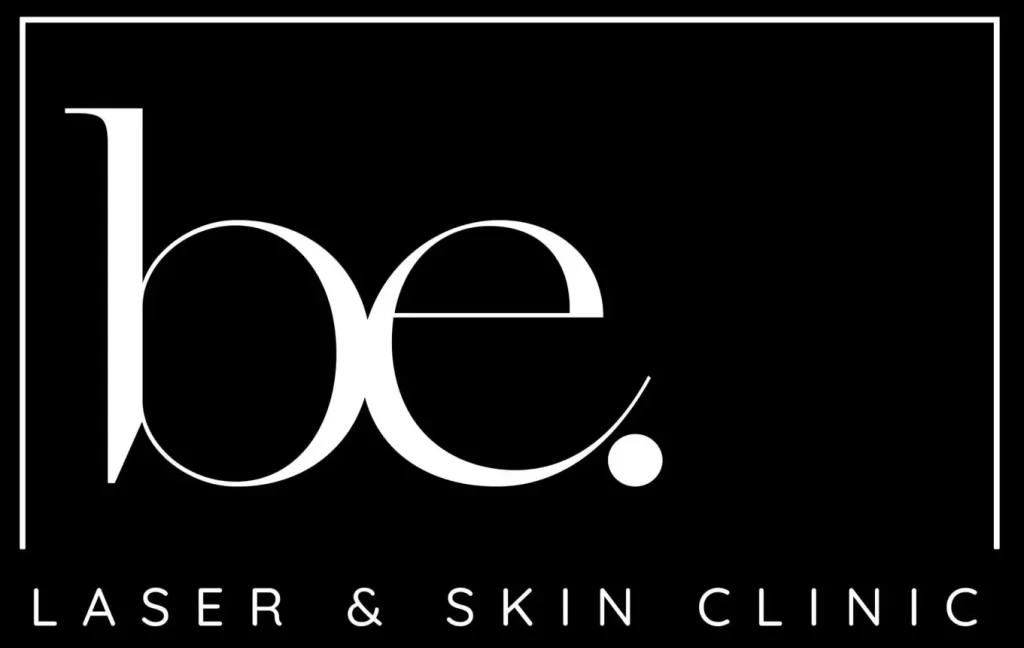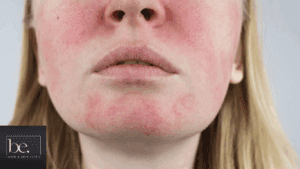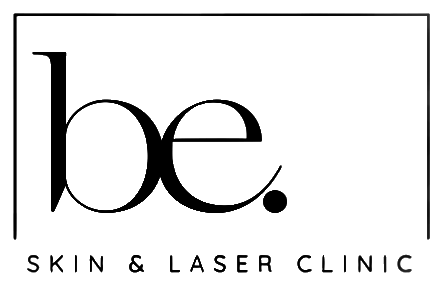Exfoliating seems like a simple fix for those itchy, stubborn bumps, but it often feels like an endless cycle of scrubbing and frustration. If you’re fed up with dead skin build-up and surprise flare-ups, Ingrown hair laser might be the game-changer you didn’t know you needed. It hits the source of the trouble, not just the surface, so you can ditch the daily buff and actually see a difference.
Key Takeaways
- Scrubbing away dead skin only tackles the surface, leaving hairs still trapped.
- Ingrown hair laser targets the follicle itself, slowing new growth and stopping ingrowns.
- Over time, laser sessions mean fewer bumps and noticeably smoother skin.
.
The Limits Of Exfoliation In Managing Ingrown Hairs

Surface-Only Dead Skin Removal
Exfoliation, whether it’s physical (like scrubs) or chemical (using AHAs or BHAs), primarily tackles the surface of the skin. It’s great for sloughing off dead skin cells, which is definitely a good thing. However, it doesn’t always get to the root of the problem, literally. Think of it like this: you’re clearing the path, but the hair is still stuck underneath. Regular exfoliation can help prevent some ingrown hairs, but it’s not a foolproof solution, especially if the hair is already trapped deep down. You might find yourself exfoliating religiously, yet still battling those annoying bumps. For a more effective solution, consider laser hair removal.
Persistent Follicular Blockage
Even with regular exfoliation, hair follicles can still get blocked. Dead skin cells, sebum (that’s skin oil), and even tiny bits of dirt can clog the follicle, forcing the hair to grow sideways. This is where exfoliation alone falls short. It can remove surface debris, but it can’t always dislodge a deeply embedded blockage. Plus, some people’s skin is just more prone to this kind of blockage, regardless of how much they exfoliate. It’s a bit like trying to clear a drain with a plunger when there’s a solid object stuck way down the pipe – you might shift things a bit, but you’re not really solving the problem. Consider using a gentle exfoliator to help remove dead skin cells.
Exfoliation is a good first step, but it’s often not enough on its own. It’s like treating the symptom, not the cause. For many people, it’s just one piece of the puzzle, and they need to explore other options for truly effective ingrown hair relief.
Here’s a quick comparison:
| Feature | Exfoliation Alone |
|---|---|
| Target | Surface skin |
| Effectiveness | Variable |
| Blockage Removal | Limited |
| Long-term Relief | Often Incomplete |
The Ingrown Hair Laser Advantage

Exfoliation is great, but sometimes you need to bring out the big guns, right? That’s where laser treatment comes in. It’s not just about surface-level stuff; it gets right to the source of the problem. Think of it as a long-term investment in smooth skin.
Precise Follicle Inhibition
Laser treatment is super precise. It targets the hair follicle directly, using concentrated light. This light energy damages the follicle, inhibiting future hair growth. It’s like sending a ‘do not disturb’ message straight to the root. This precision means less damage to the surrounding skin, which is always a bonus. It’s a bit like using a scalpel instead of a sledgehammer – much more controlled.
Fewer Flare-Ups Over Time
One of the best things about laser treatment is that it reduces the frequency of ingrown hair flare-ups. It’s not a one-time fix; it’s a gradual process. Over time, as more follicles are treated, you’ll notice fewer and fewer ingrown hairs popping up. It’s like slowly but surely winning the battle against those pesky bumps. Plus, you can always consider laser hair removal for a more permanent solution.
It’s important to remember that laser treatment usually requires multiple sessions to achieve the best results. This is because hair grows in cycles, and the laser is most effective on follicles that are in the active growth phase. So, patience is key, but the long-term benefits are well worth it.
Transforming Ingrown Hair Relief Through Laser Treatment
Laser treatment really changes the game when it comes to dealing with ingrown hairs. Forget just dealing with the surface – we’re talking about getting to the root of the problem (literally!). It’s not just a quick fix; it’s about long-term freedom from those annoying, painful bumps.
Sustainable Hair Growth Control
Laser treatment aims to put you in control. It works by targeting the hair follicle itself, weakening it over time. This means the hair grows back finer and slower, reducing the chances of it curling back into the skin. Think of it as a long-term investment in smooth, hassle-free skin. It’s not just about removing the current ingrown hair; it’s about preventing future ones. You might even find you need to shave less often, which is always a bonus. Consider using laser hair removal for a more permanent solution.
Improved Skin Texture
It’s not just about getting rid of ingrown hairs; it’s about what’s left behind. Ingrown hairs can leave your skin looking bumpy and uneven, sometimes even with dark spots. Laser treatment can help improve the overall texture of your skin. By reducing inflammation and promoting healthy hair growth, it can leave your skin looking smoother and more even-toned. It’s like a double win – no more ingrown hairs and better-looking skin!
Laser treatment offers a more sustainable solution compared to temporary fixes. It targets the root cause of ingrown hairs, leading to long-term relief and improved skin appearance. This approach reduces the need for constant intervention and minimises the risk of scarring or discoloration.
Fewer Flare-Ups Over Time
One of the best things about laser treatment is that it reduces the frequency of flare-ups. Here’s a few reasons why:
- Weakening the hair follicle means hairs are less likely to get trapped.
- Reduced hair density means fewer opportunities for ingrown hairs to form.
- Improved skin health means a lower risk of inflammation and irritation.
.
| Treatment | Flare-Up Frequency (Before) | Flare-Up Frequency (After) |
|---|---|---|
| Exfoliation | Weekly | Weekly |
| Laser | Weekly | Monthly or Less |
With laser treatment, you’re not just treating the symptoms; you’re addressing the underlying cause. This leads to fewer painful bumps, less irritation, and more confidence in your skin. You can also use ingrown hair treatments to help with the healing process.
Ingrown hairs can be sore and frustrating. Laser treatment zaps them fast and helps your skin heal. Visit our website now to learn more and book your free consultation.
Conclusion
Right, so exfoliating and using acids can help stop ingrown hairs. You’ll still be scrubbing away dead skin every week. Laser hair removal, though, cuts down the hair at the root. It means less chance of hairs curling back under your skin. I get that it feels like a big spend and a bit of faff. But if you’re fed up with red bumps and endless tweezing, it could be just the ticket. You’ll still need to give it a few sessions. But after that, hello smooth skin—without the daily scrub.
End ingrowns → Laser Hair Removal
Frequently Asked Questions
Will laser hair removal stop ingrown hairs for good?
Laser hair removal cuts down the chance of ingrown hairs by weakening the follicle. You’ll still need a few top-ups now and then, but most people see far fewer bumps after treatment.
Can I just keep exfoliating instead of doing laser?
Exfoliating helps remove dead skin on the surface, but it doesn’t touch the root of the problem. Hairs can still curl back under the skin and get stuck, so you’ll get relief faster with laser.
How many laser sessions will I need?
Everyone’s different, but most need around six to eight sessions. They’re usually spaced about a month apart, so you’ll be looking at half a year or so before you see full results.




